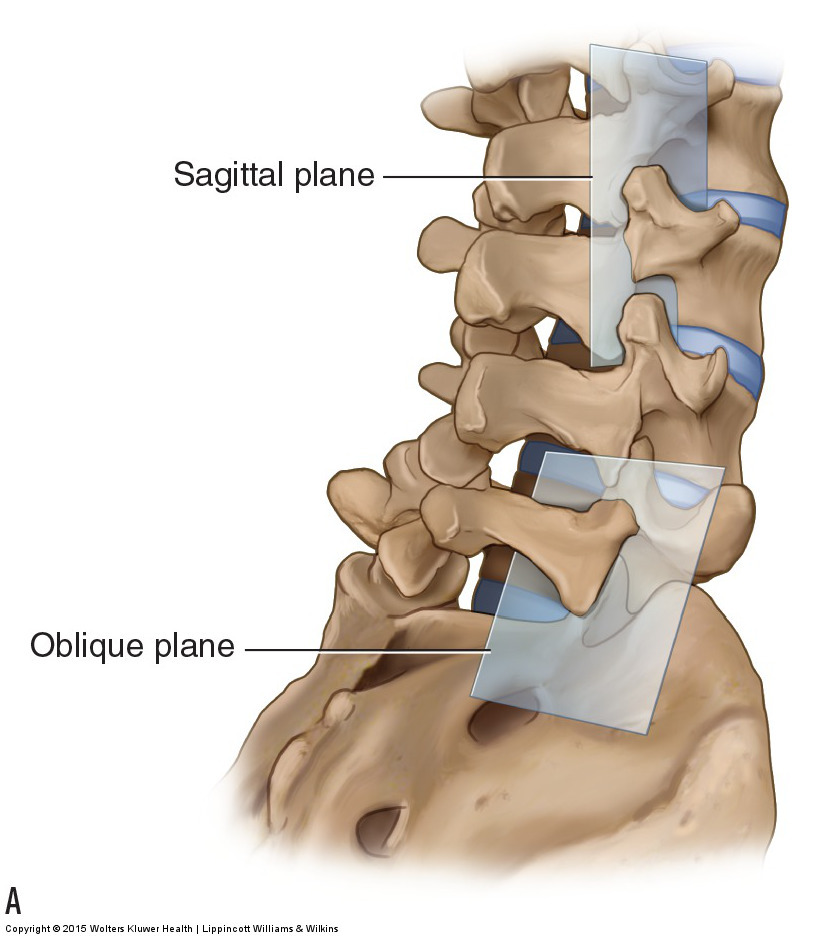Degenerative scoliosis is a sideways curve of the spine that develops in some adults due to degenerative changes in the vertebrae and discs of the spine. Arthritis of the spine, commonly known as spinal arthritis, refers to inflammation in the joints that make up the spine. This condition can be broadly categorized into degenerative arthritis (also known as osteoarthritis) and inflammatory arthritis, each with distinct causes.
Degenerative spine conditions vary widely in their presentation. In some cases, they cause no symptoms, while in others, they can lead to back pain or neck pain. The specific symptoms depend on the location and type of the spinal problem. Not all degenerative conditions require surgical treatment, but some may necessitate it. These conditions typically involve the gradual loss of normal structure and function of the spine over time, often due to aging, but can also result from tumors, infections, or arthritis.
Inflammatory disorders of the spine can stem from various conditions, including arthritis, osteoporosis, and infection. While inflammation in the spine is rare, it can be a significant source of pain and disability, particularly if these conditions are not properly diagnosed and treated.
Spinal arthritis is a common condition that leads to structural changes in the spine joints. It may be caused by the development of bone spurs (osteophytes) and is different from sciatica, which is a degenerative condition that can cause pain in the arms or legs, along with weakness. Arthritis of the spine causes swelling in the spinal joints and the development of bony spurs at the edges of the spine, particularly at the facet joints. In addition to these bony structures, the spine also comprises soft tissues, including ligaments and fat.
Back pain is the second most common reason adults visit a doctor and the leading reason for orthopedic visits. It significantly affects daily activities, recreation, and exercise. Fortunately, for nine out of ten patients with low back pain, the condition is acute, meaning it is short-term and resolves within a few days or weeks.
Degenerative disc disease represents the progressive deterioration of spinal discs and arthritic changes in facet joints due to wear and tear associated with aging. Overgrowth of bone spurs can lead to the narrowing of the spinal canal, resulting in spinal stenosis. This condition causes pain, numbness, and weakness in the legs due to the compression of neural elements.

For more information on degenerative scoliosis, visit HSS.edu. To learn about arthritis of the spine, check out HSS.edu. Comprehensive details on degenerative spinal conditions can be found at Neurosurgery Columbia. For insights into spinal inflammatory disorders, visit Neurosurgery Columbia. Information on spinal arthritis is available at OHSU.edu. Learn about lumbar spinal stenosis at HSS.edu, and for an in-depth overview of low back pain, visit HSS.edu. Further information on degenerative disc disease can be found at HSS.edu.


